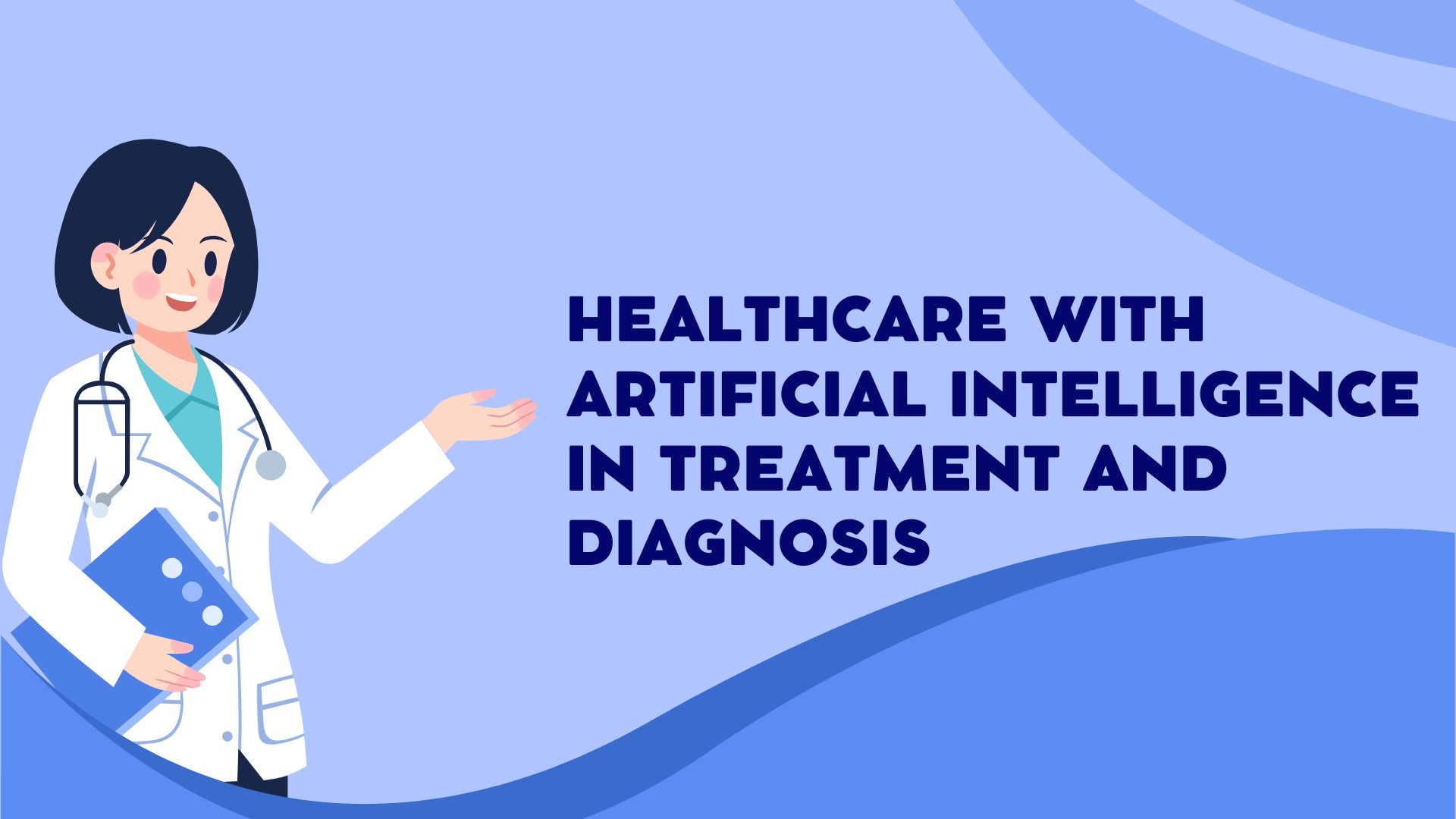Data scientists, computer programmers, developers, and software engineers benefit from having a working knowledge of popular programming languages because data comes in a variety of formats. The two most popular programming languages are Python and SQL. It’s crucial to understand the variations between these programming languages, as well as their applications and constraints if you want to pursue a career in computer science. This article compares SQL and Python more like SQL vs Python, discusses when to use each, and outlines which one you should master first to launch a career in computer science.
Understanding what is SQL programming language.
The computer language known as SQL, or Structured Query Language, enables programmers to manage and retrieve data from databases as well as construct new databases. Relational databases, which use tables, columns, and rows to arrange information and link data between tables, are widely used in many industries to store information. These databases are most frequently created and maintained with SQL.
SQL programming language can be used by developers to quickly analyze data, do data analysis, and retrieve entries from large databases. Data kept in databases may be used by websites, programs, and business software packages. The following are a few instances of databases used by SQL programming language developers:
- databases for banks
- Social media applications
- Music software
Understanding what really is Python?
Because Python is a general-purpose programming language, you can use it for a wide range of programming jobs. Back-end development, program creation, and system script writing are a few of these duties. Python is frequently used by data scientists because of its straightforward syntax and widespread use in the field, which makes it easier to work together with other data scientists when creating data analysis tools.
Python has emerged as one of the most popular languages for data exploration due to its adaptability to many platforms and emphasis on readability. Python software, applications, and programs are used across many industries because of its adaptability.
Python can be used for a variety of tasks, such as standard web development, data analysis, and machine learning—a branch of artificial intelligence that focuses on creating computer systems that learn from mistakes rather than through manual coding updates.
Key variations between Python vs. SQL
Despite having limitations as a five-decade-old language, SQL is sufficient to grasp the basics of data science. In terms of field applications, SQL was not intended for higher-level data translation and processing. The decision between Python and SQL is a little more challenging because Python is a well-documented, high-level language with a dedicated data analysis module called “Pandas.”
The main distinction between SQL vs Python is the usage of SQL for database access and data extraction. Regression tests, time-series tests, and other calculations are used in tandem with Python to analyze and manipulate data.
The four most widely used database management systems worldwide, according to a recent Statista poll, are Oracle, MySQL, Microsoft SQL Server, and PostgreSQL. All four of these tools are based on SQL, therefore having a working knowledge of SQL is advantageous for anyone aspiring to work in the field of data science.
Which language ought to be studied first or should I learn SQL or python?
SQL and Python are not superior to one another when it comes to data science; rather, they work best together. The usual path to the Python throne is through SQL programming language. SQL is the industry standard for data re-correction. The well-written language Python, on the other hand, is made primarily for developing desktop and mobile apps.









